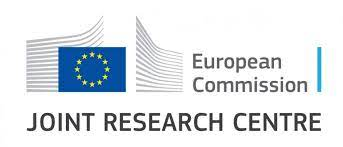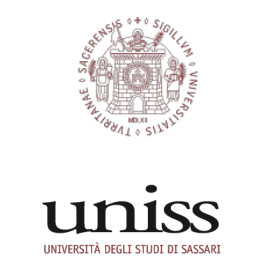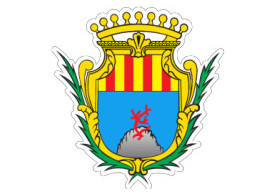
29th International Input-Output Association Conference
and
11th Edition of the International School of I-O Analysis
25th - 30th June 2023, Alghero, Italy
|
|
Brief history of Sassari University
In the mid-16th century, the Sardinian cities of Cagliari and Sassari fought for the foundation of university campuses in the Kingdom. The birth of the university of Sassari is linked to the figure of Alessio Fontana, official of the imperial chancellery of Charles V, who in 1558 left his property in his will to the municipality for the establishment of a college of studies. However, only in the seventeenth century, on 9 February 1617, King Philip III granted the status of royal university to the Jesuit college, consecrating that of Sassari as the first royal university.
In 1765, the regulation with which the small Sassari university was reformed was promulgated, with the recognition of the four traditional faculties: Philosophy and Arts, Theology, Law and Medicine. The choice was also made to transplant Piedmontese professors able to renew the scientific content of the courses and to open the university to European culture and the ideas of the lights. One of the positive effects of the “restoration” of the Savoy government was to start research on the concrete problems of Sardinia, for the exploitation and enhancement of economic and natural resources. Throughout the eighteenth century the two Sardinian universities favored the circulation of ideas and created a new ruling class suited to the needs of the times.
In the twenties and thirties of the nineteenth century, the university entered a phase of decay, so much so that in 1847 the government foresaw its suppression (Casati Law). Thanks to the strong reaction of the local community and some parliamentarians, the temporary suspension of the provision was obtained and, in 1877, the University of Sassari was equalized to the secondary ones, thus inaugurating a new phase of development.
Between the end of the century and the beginning of the twentieth century, the university experienced a new “revival”, thanks to the circulation of positivistic culture in the field of medicine, science and law. Distinguished professors taught from his professorships: Pasquale Piga (pathology to surgical clinic), Antonio Conti (pathological anatomy), Francesco Coletti (statistics), Claudio Fermi (hygiene), Enrico Besta (history of law), Achille Terraciano (botany), Flaminio Mancaleoni (Roman law), Giacomo Pitzorno (human anatomy). A further development took place during the first three decades of the twentieth century, thanks to an ever greater integration within the “national university system”. In this phase professors and rectors worked such as Angelo Roth (medicine), Luigi Maggiore (eye clinic), Massimo Severo Giannini (administrative law), Lorenzo Mossa and Antonio Segni (commercial law). In 1934 two new faculties were established, Pharmacy and Veterinary Medicine, to which was added, in 1950, the Faculty of Agriculture, strongly committed to the economic and social rebirth of Sardinia.
In the last thirty years of the 1900s the university still grows: the Faculties of Magisterium are born (subsequently transformed in Letters and Philosophy), Political Sciences, Languages and Economics, up to reach in 2002, with the institution of Architecture, the number of 11 faculties, later transformed into the current 10 Departments.

|

|

|

|

|

|